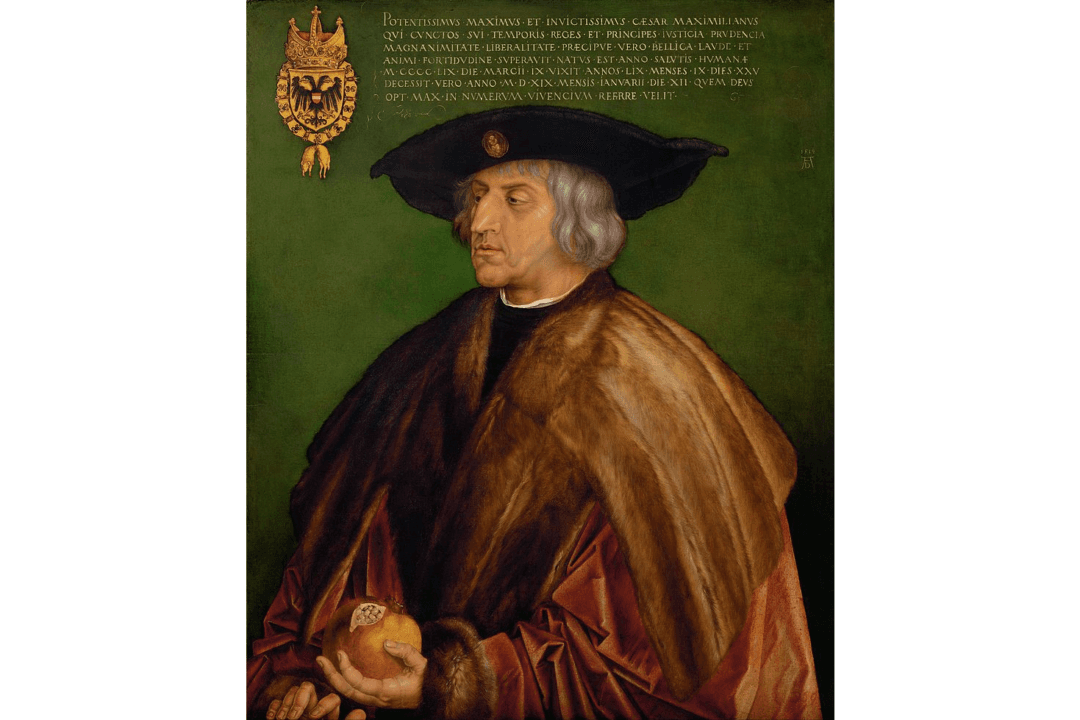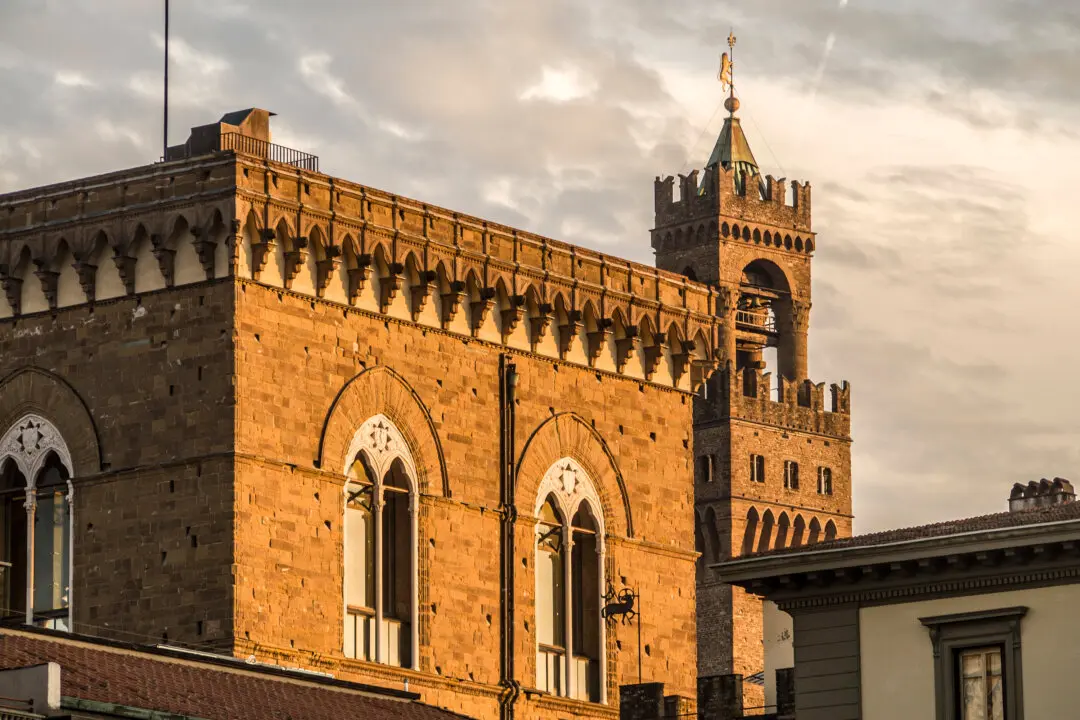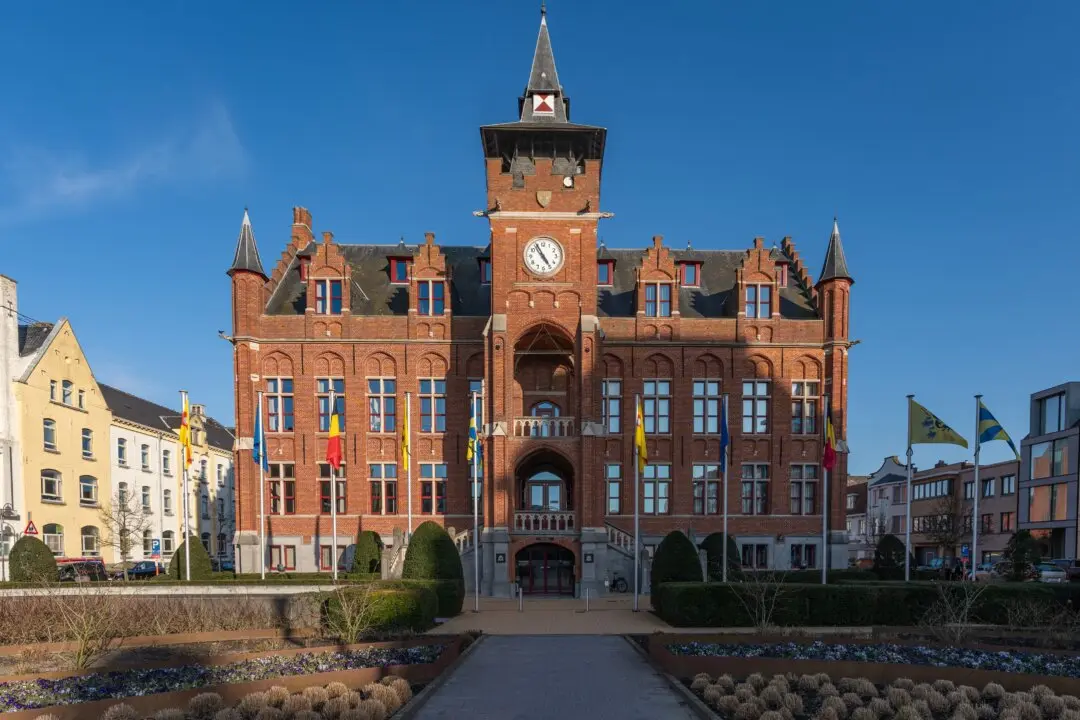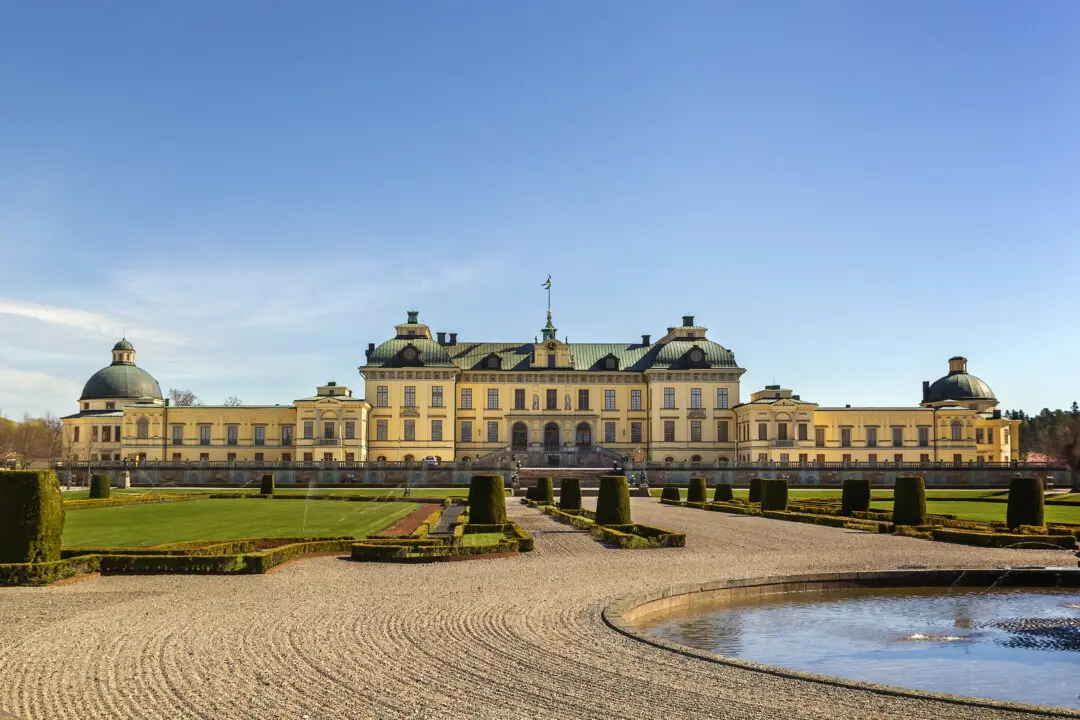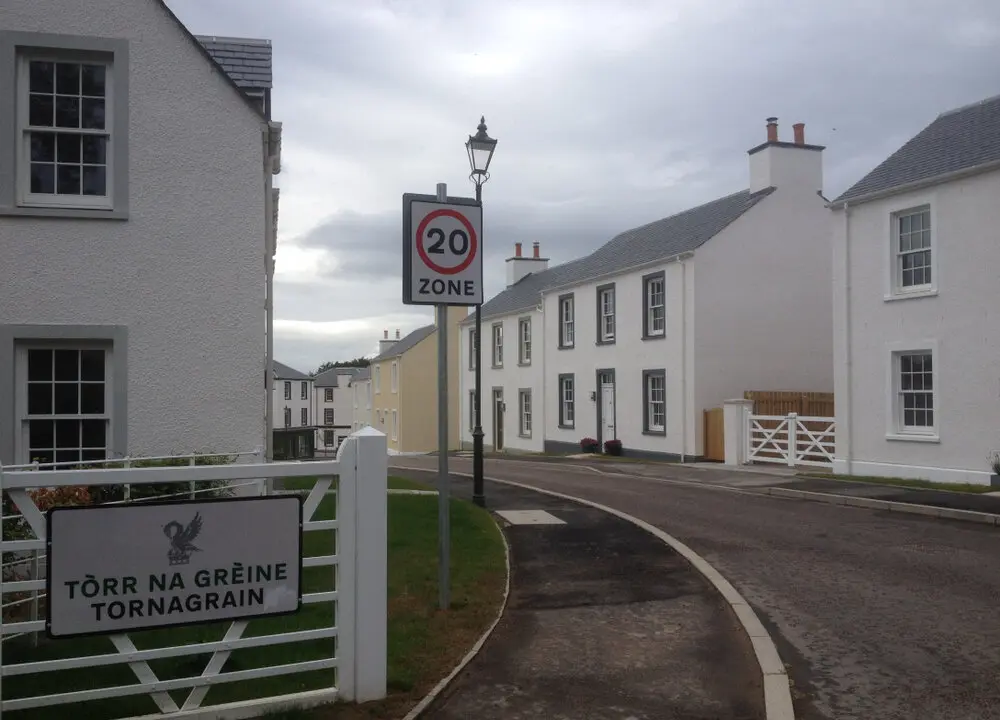On Feb. 7, 1506, Albrecht Dürer wrote to tell his friend Willibald Pirckheimer that Giovanni Bellini, then Venice’s leading artist, had not only praised Dürer’s paintings but, amazingly, announced his intention to buy one.
Dürer traveled to Venice twice. On the second visit, he was determined to demonstrate his abilities and those of other artists of the Northern European Renaissance to Venetians. Bellini’s endorsement was enough to convince all but the most biased.

